
UNESCO Associated Centre of Excellence
for Research and Training in Basic Sciences
at Vilnius University

Current Research Projects
Protein folding
- Objective of our project is to optimize renaturation of inactive inclusion body proteins in order to overcome the misfolding of proteins in biotechnology process. We use natural and synthetic refolding factors for this purpose.
Activity and stability of hydrolytic enzymes
- Enzymatic properties in water and organic solutions under changing conditions are being compared. Special emphasis is being paid to the enzyme immobilization on magnetic supports.
Genomic DNA-protein complexes
- Complexes of polypeptides tightly associated with genomic DNA from evolutionary different eukaryotic organisms are being isolated. We pay special attention to the composition and nature of the DNA-protein interaction, along with their enzymatic activity and the putative role in DNA structuring and gene expression.
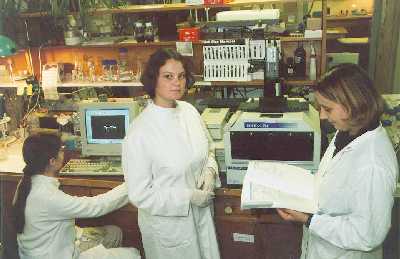
Processing of tRNA
- The main interest of this project is the structure, genomic organization of tRNA genes, and processing pathways of their primary transcripts.
Membrane barrier and sensor functions
- The interactions of lipophilic compounds with biological membranes are being investigated. The main research directions are the mechanisms of penetration of membrane-containing bacteriophages and those of bactericidal action of policationic antibiotics. We have developed electrodes for the estimation of membrane voltage and envelope permeability of microbial cells. Molecular basis of microbial stress adaptation is another aim of the research.

Analysis and sampling of environmental pollutants
- HPLC and gas chromatographic analysis is being used to discriminate toxic pollutants of anthropogenic and microbial origin in the field studies. Structure-activity relationships of chlororganic compounds for their biodegradation rates and toxicity effects are of the greatest interest.
Basic mechanisms of photosensitisation
- Here we study the primary light induced processes in photosensitizers, biochemical transformations and cellular consequences of photooxidation as well as the reliance of the photosensitized events on cell energy metabolism.

Photochemistry of molecular nanostructures
- Light induced processes in biological pigment-protein complexes, molecular aggregates, Langmuir-Blodgett films and other functional molecular organizates are being studied by using laser spectroscopy, atomic force microscopy methods.
Photonics of organic and biological systems: an environmental approach
- Study of fluorescence peculiarities of biological and organic systems aiming at the elaboration of new methods for laser remote sensing and identification of pollutants as well as diagnostics of pollutant induced forest stress is being carried out.
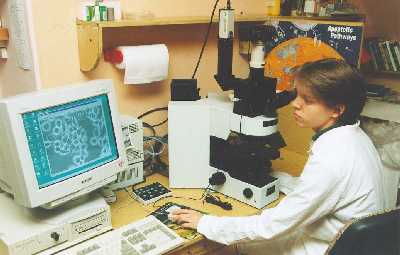
New principles of optical 3D-imaging: incoherent light thomography
- Partially incoherent light interferometry opens a new possibility of ultrahigh resolution optical coherence thomography in applications for subcellular imaging and 3D mapping. Different scanning techniques and signal processing methods offer solutions for imaging needs in biomedicine.
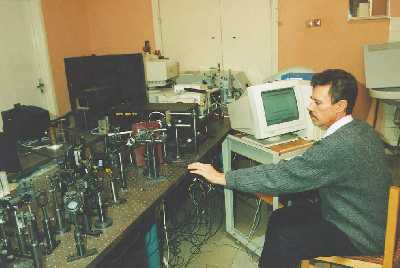
Fundamental research of optical parametric processes
- Parametric frequency conversion provides generation of broadly wave-length tunable radiation. Group velocity dispersion and phase modulation in nonlinear crystals make a major impact on formation of ultrashort pulses. Various nonlinear crystals and types of interaction are being investigated.
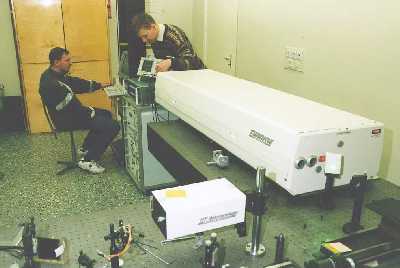
Nonlinear analysis, modelling and control
- Modelling of nonlinear processes is being designed, as well as numerical methods, analysis and control of the nonlinear processes are being investigated.
Geometric modelling and vision analysis of biomedical imaging
- Methods of algebraic geometry in free form surface modelling are being adopted to biological forms. Methods of computer vision analysis are being elaborated and applied to biomedical imaging.
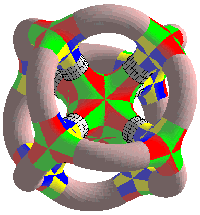

to the main hp of the Centre








